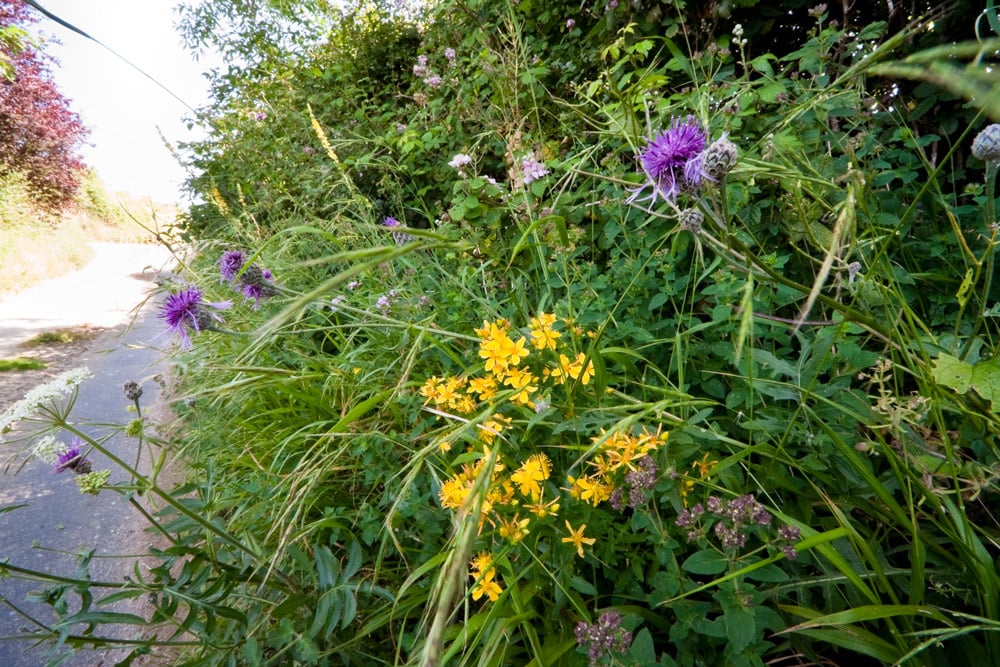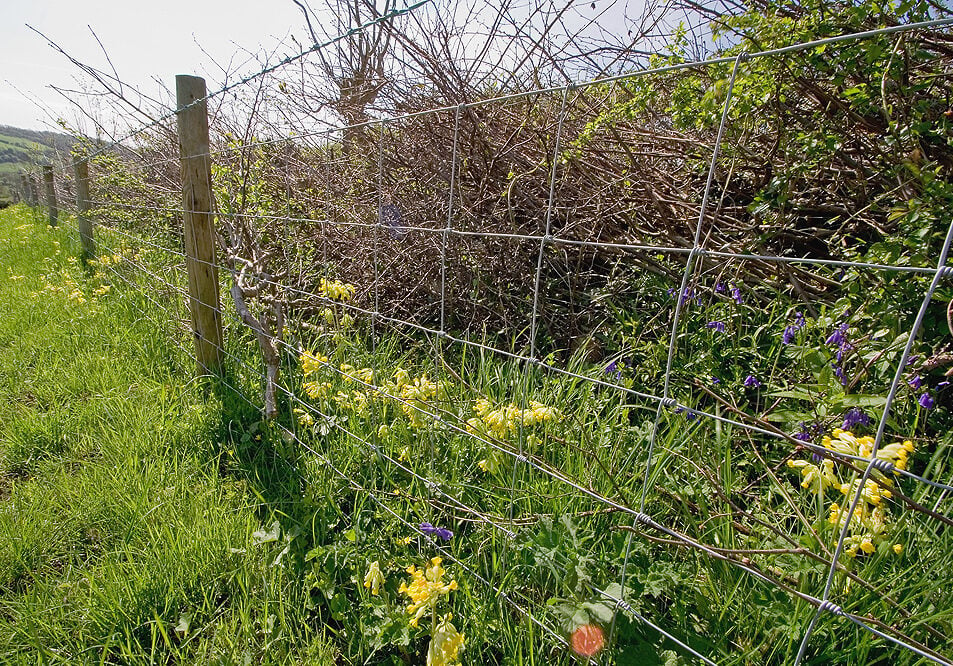Suggested Sowing Rates
40kg/ha 16kg/acre 4g/m2
Description
EH1 contains wild flowers and grasses that are tolerant of semi-shade and is suitable for sowing beneath newly planted or established hedges, within orchards and on woodland edges, rides and glades.
Ground Preparation
Endeavour to select ground that is not highly fertile and does not have a problem with perennial weeds. Good preparation is essential to success so aim to control weeds and produce a good seed bed before sowing. Overgrown hedgerows which have been recently cut back or laid sometimes offer up a strip of open bare ground ready for seeding.
To prepare a seed bed first remove weeds using repeated cultivation. Cultivation close to established trees and shrubs can be damaging to their root systems so take care not to dig too deep, keeping disturbance to the minimum required to expose fresh soil.
Sowing
Seed is best sown in the autumn or spring but can be sown at other times of the year if there is sufficient warmth and moisture. The seed must be surface sown and can be applied by machine or broadcast by hand. To get an even distribution and avoid running out, divide the seed into two or more parts and sow in overlapping sections. Do not incorporate or cover the seed but firm in with a roll, or by treading, to give good soil/seed contact.
First Year Management
Most of the sown meadow species are perennial and are slow to establish. Soon after sowing there will be a flush of annual weeds, arising from the soil seed bank. These weeds can look unsightly, but they will offer shelter to the sown seedlings, are great for bugs, and they will die before the year is out. So resist cutting the annual weeds until mid to late summer, especially if the mixture contains Yellow Rattle, or has been sown with a nurse of cornfield annuals. Then cut, remove and compost. Early August is a good time. This will reveal the young meadow, which can then be kept short by grazing or mowing through to the end of March of the following year. Dig out any residual perennial weeds such as docks.
Management Once Established
Hedgerows, woodland edges, rides, glades and other semi-shaded communities usually sit on the boundary between one habitat type (eg open grassland) and another (eg closed tree canopy). The management requirements of established hedgerow mixtures can be tailored to light levels and to fit in with adjacent vegetation types.
Zoned management of hedgerow margins frequently produces the best diversity of habitat structure: areas closest to the hedge or woodland boundary and those which are more shaded are left uncut in most years. Areas that are further from the margin and more open can be managed as grassland habitat. For example in a 6 metre sown margin the 2-3 metres against the boundary could be left uncut, the next 3-4 metres cut once or twice a year.
Hedgerow vegetation that is not mown or grazed each year will become rough and “tussocky” in character. It can form useful refuge habitat on corners and margins of a site. To control scrub and bramble development these tussocky areas may need cutting every 2-3 years between October and February. For wildlife this cutting is best done on a rotational basis so that no more than half the area is cut in any one year leaving part as a undisturbed refuge. Hedgerows and margins that are cut regularly can be managed as grassland.


